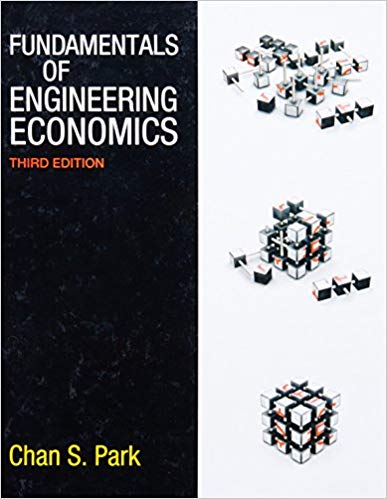A manufacturing firm is considering replacing one of its CNC machines with a machine that is newer
Question:
A manufacturing firm is considering replacing one of its CNC machines with a machine that is newer and more efficient. The company has an MARR of 12%.
- Old Machine: The firm purchased the current CNC machine 10 years ago at a cost of $155,000. It had an expected economic life of 12 years at the time of purchase and an expected salvage value of $10,000 at the end of the 12 years. The original salvage estimate is still good, and the machine has a remaining useful life of two years. The firm can sell this old machine now to another firm in the industry for $30,000.
- New Machine: The new machine can be purchased for $175,000, including installation costs. It has an estimated useful (economic) life of eight years. The new machine is expected to reduce cash operating expenses by $35,000 per year over its eight-year life. At the end of its useful life, the machine is estimated to be worth only $8,000.
(a) What is the opportunity cost of retaining the old asset?
(b) Compute the cash flows associated with retaining the old machine for the next two years (years 1 to 2).
(c) Compute the cash flows associated with purchasing the new machine for use over the next eight years (years 1 to 8). (Use the opportunity-cost concept.)
(d) If the firm needs the service of this type of machine for an indefinite period and no technology improvement is expected in future machines, what would be your decision?
Salvage value is the estimated book value of an asset after depreciation is complete, based on what a company expects to receive in exchange for the asset at the end of its useful life. As such, an asset’s estimated salvage value is an important... MARR
Minimum Acceptable Rate of Return (MARR), or hurdle rate is the minimum rate of return on a project a manager or company is willing to accept before starting a project, given its risk and the opportunity cost of forgoing other... Opportunity Cost
Opportunity cost is the profit lost when one alternative is selected over another. The Opportunity Cost refers to the expected returns from the second best alternative use of resources that are foregone due to the scarcity of resources such as land,...
Fantastic news! We've Found the answer you've been seeking!
Step by Step Answer:
Related Book For 

Question Posted:





